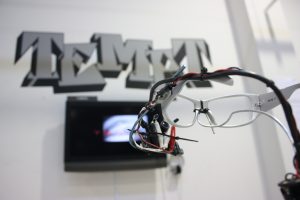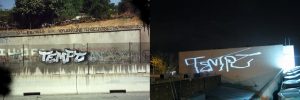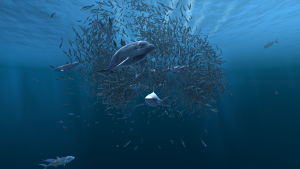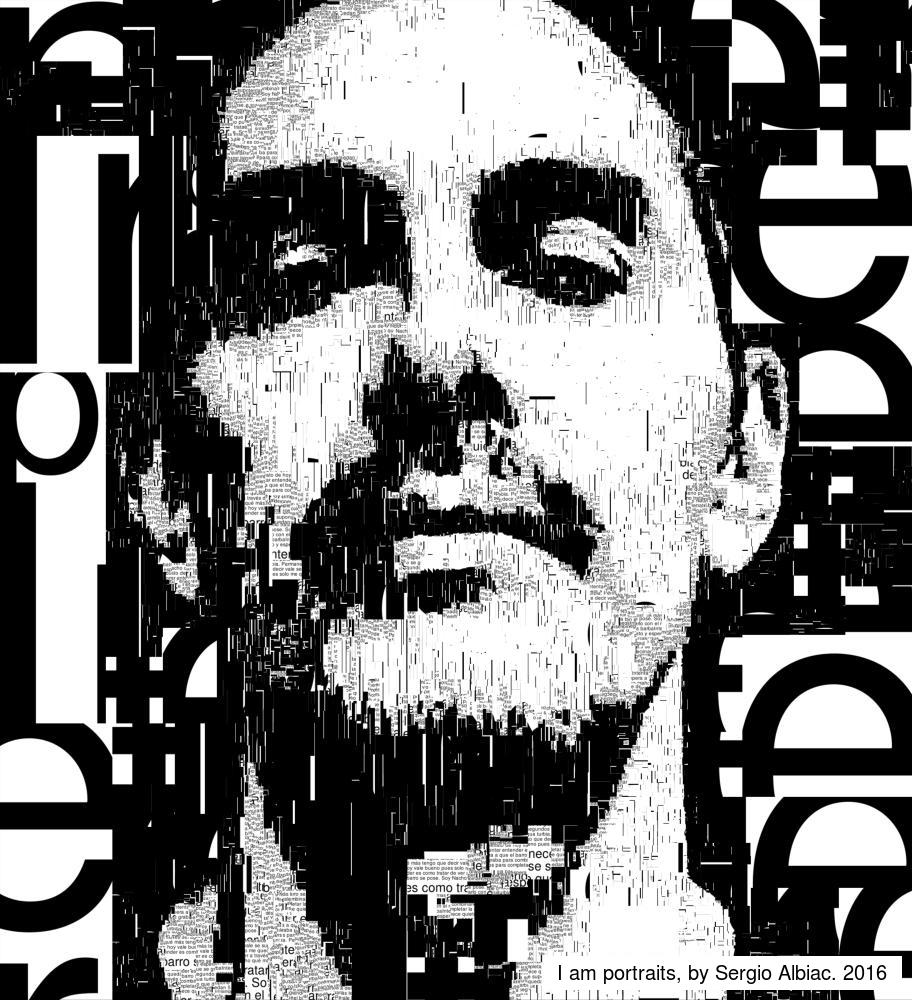The topic of my Looking Outwards post this week is a man-made artist. I saw this installation at Wood Street Galleries in downtown Pittsburgh and have been thinking about it ever since. The installation is called Robotlab.
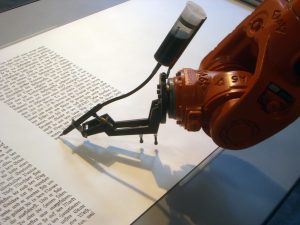
__________________________________________
The installation consists of two robots (installed for 8 months) that are connected to drawing instruments.
On the lower level, “The Big Picture” is using one continuous pen line to draw a detail landscape of Mars. Being that this robot is drawing continuously for 8 months one can imagine how every day more and more resolution comes to the image.
__________________________________________


__________________________________________
The second robot, “Bios” (bible), is also continuously moving for 8 months but instead of drawing, it is copying down the bible (as seen below). Every single letter takes about 10 seconds to draw and looks perfect when it is done.
__________________________________________

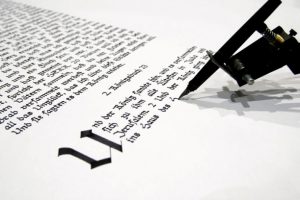
__________________________________________
The thing I admire most about this project is the level of patients that the artist has. These both almost take a year to complete and standing in that room you can feel the tension in the air caused by how slow it operates.
At the same time the way this is coded makes it so elegant and complex yet so perfect and calculated. I think it shows a lot about the artist’s personality.
__________________________________________
Video:
![[OLD FALL 2017] 15-104 • Introduction to Computing for Creative Practice](../../../../wp-content/uploads/2020/08/stop-banner.png)
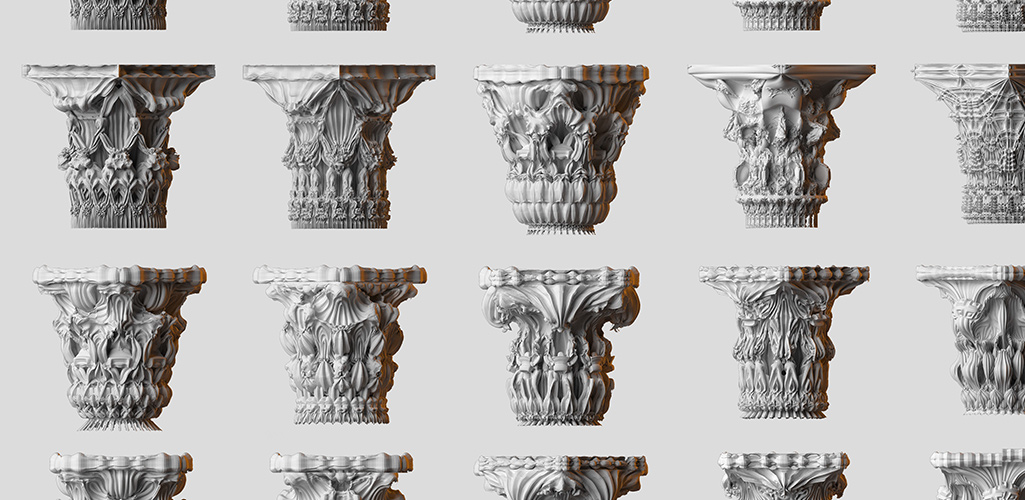



 ”
”